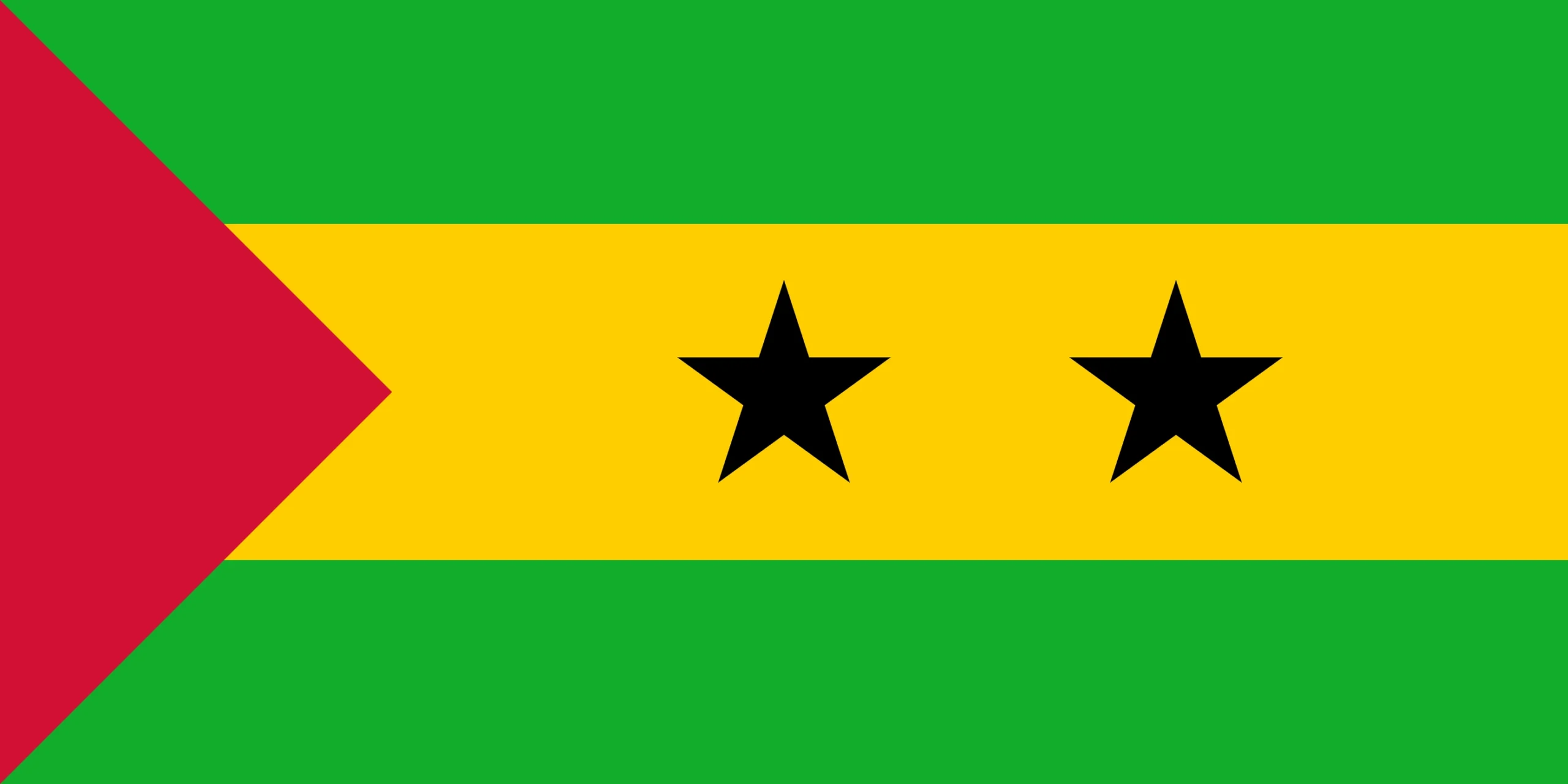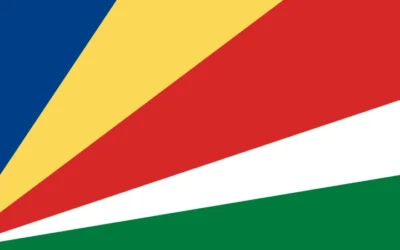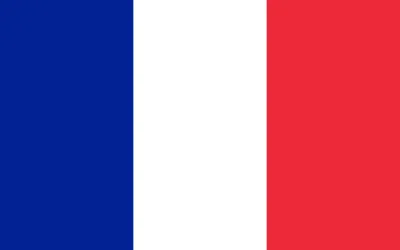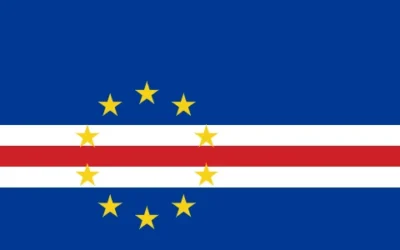São Tomé and Príncipe Travel Guide
Discover Why You Should Visit São Tomé and Príncipe
Why Visit São Tomé and Príncipe?
São Tomé and Príncipe, Africa’s second-smallest country, is an untouched island paradise nestled in the Gulf of Guinea. Known for its lush rainforests, volcanic peaks, colonial charm, and cocoa plantations, this dual-island nation is a hidden gem for travelers seeking authenticity and serenity.
Its biodiverse landscapes, vibrant local culture, and quiet beaches offer an ideal destination for ecotourism, adventure, and cultural discovery.
Ideal for: Nature lovers, history buffs, eco-tourists, and anyone in search of a peaceful tropical escape.
Must-Know Facts
Capital/Major City: São Tomé
Language(s): Portuguese (official), Forro, Angolar, and other Creole dialects
Currency: São Tomé and Príncipe Dobra (STN)
Best Time to Visit: June to September (dry season), with birdwatching peaks in December and January
Fun Fact: The islands were once major cocoa producers and are still famous for their organic chocolate
Top Things to Do
Explore the colonial architecture of São Tomé city including the Presidential Palace and old cathedrals
Tour cocoa plantations like Roça Agostinho Neto and taste local chocolate
Hike through Obo National Park to discover endemic birds, waterfalls, and volcanic peaks
Relax on remote beaches like Praia Jalé, Praia Piscina, and Banana Beach
Snorkel in the clear waters of Príncipe Island, a UNESCO Biosphere Reserve
Local Culture & Lifestyle
The islands reflect a blend of African and Portuguese influences, with a laid-back pace of life and deep respect for tradition. Music, particularly rhythms like ússua and socopé, are part of social gatherings and ceremonies.
The people are warm and hospitable, with a strong sense of community. Family and religious values are central to island life.
Daily life is often centered around fishing, agriculture, and small-scale markets.
Food & Drink Highlights
Street Food: Fried plantains, grilled fish, corn fritters, and spicy seafood skewers
Restaurants: Offer dishes using local produce like breadfruit, banana, fish, and beans in coconut sauce
Drinks: Palm wine, local beer, sugarcane liquor, tropical fruit juices, and Portuguese wine
Desserts: Banana and papaya sweets, coconut cakes, and cassava pudding
Main Dish & Culinary Symbols
Signature Dish: Calulu (a stew made with dried fish or meat, vegetables, and palm oil)
Common Ingredients: Fish, bananas, coconut, cassava, beans, palm oil, spices
Culinary Culture: Meals are shared communally and are rich in tropical flavors, often combining traditional island techniques with Portuguese culinary methods
Symbols & Icons of the Area
Natural Icons: Pico Cão Grande (a needle-shaped volcanic plug), tropical rainforests, waterfalls, cocoa and coffee plantations
Cultural Icons: Colonial-era roças (plantation houses), local crafts, Creole dance, fishing pirogues
Hidden Gems & Off-the-Beaten-Path
Ilhéu das Rolas for the equator line marker and clear snorkeling waters
Bom Sucesso Botanical Garden for native flora and orchid species
Roça Sundy on Príncipe Island for historical significance and stargazing opportunities
Shopping & Souvenirs
What to Buy: Organic chocolate, local coffee, handmade baskets, wooden carvings, embroidered cloth, spices
Where to Shop: São Tomé market, local co-ops, roça gift shops, and artisan villages
Getting Around
Public Transport: Limited; minibuses and shared taxis serve local routes
Car Rentals: Ideal for exploring remote beaches and plantation roads
Domestic Flights: Regular flights between São Tomé and Príncipe
Boats: Charter services are available to reach islets and fishing villages
Travel Tips
Portuguese is widely spoken, but basic English may be used in tourist areas
Pack insect repellent, sun protection, and comfortable walking shoes
Tap water is not recommended; use bottled or filtered water
Electricity supply can be inconsistent in remote areas; bring power backups if needed
Where to Stay
Budget: Family-run guesthouses and eco-lodges in rural areas
Mid-range: Boutique hotels near São Tomé city and in natural reserves
Luxury: Secluded beachfront resorts and rainforest lodges on Príncipe
Unique: Restored plantation houses (roças) offering immersive cultural stays
Sample 4-Day Itinerary
Day 1: Arrive in São Tomé, explore the capital’s colonial charm and enjoy fresh seafood by the bay
Day 2: Visit cocoa plantations and hike Pico Cão Grande, with stops at waterfalls and scenic lookouts
Day 3: Fly to Príncipe, relax on Banana Beach, and snorkel in crystal-clear waters
Day 4: Explore Obo National Park or take a boat trip around the islets before heading back






0 Comments